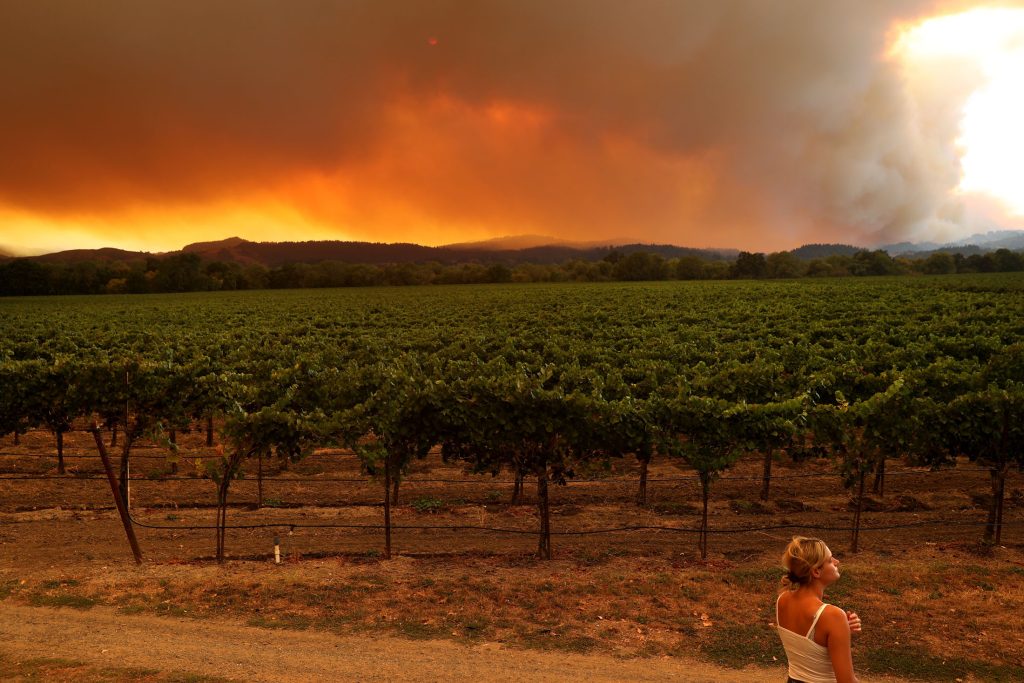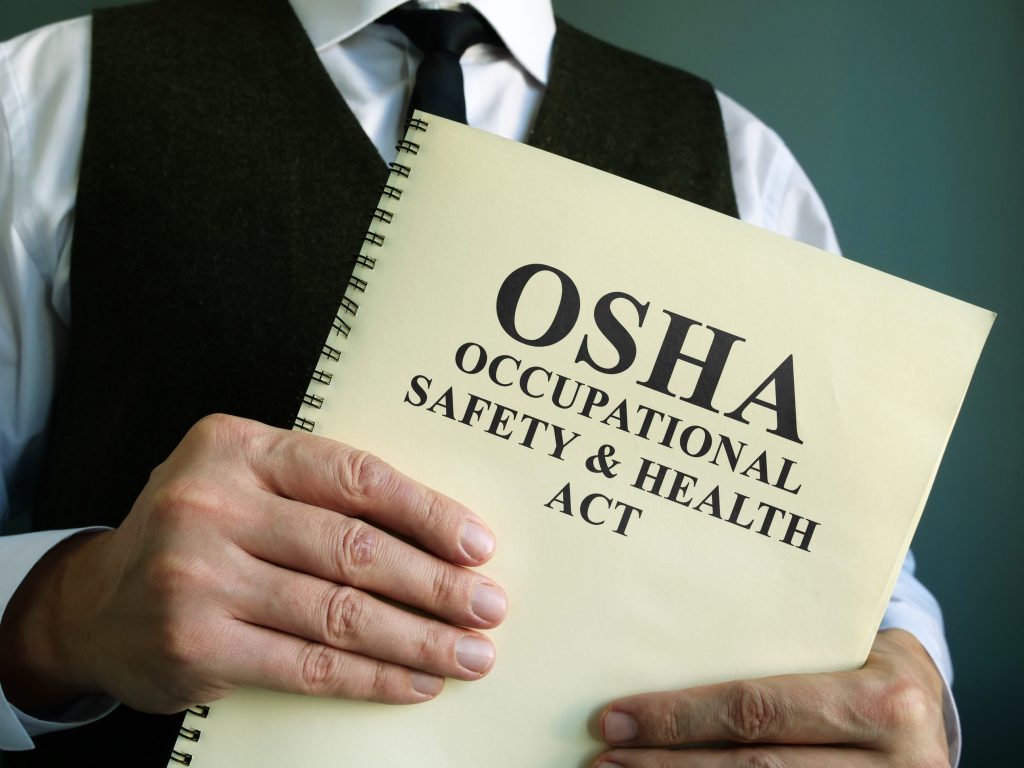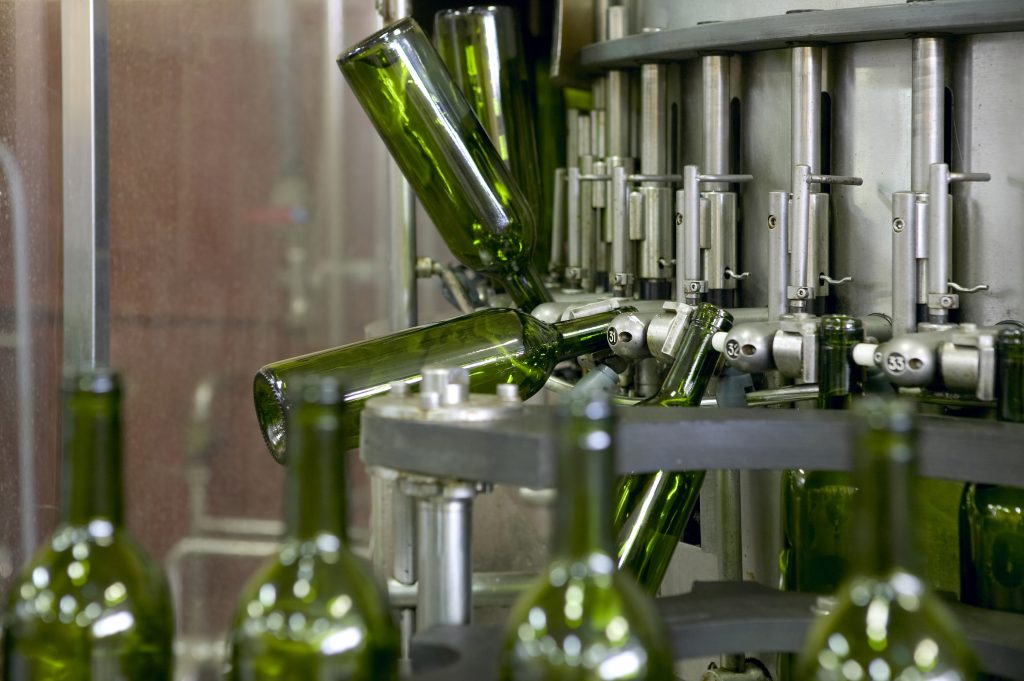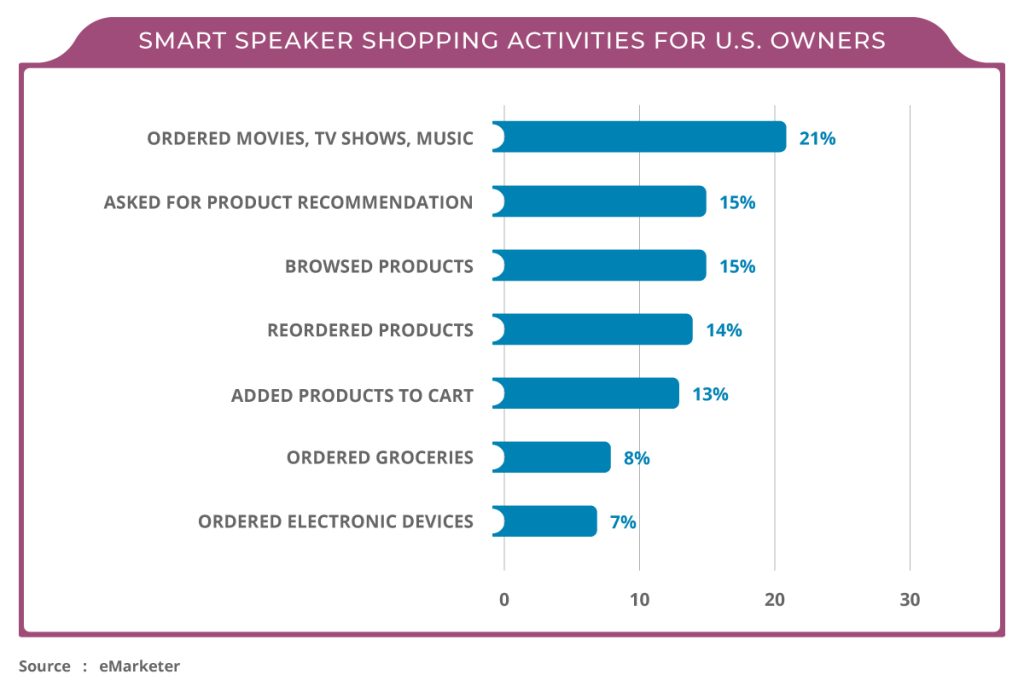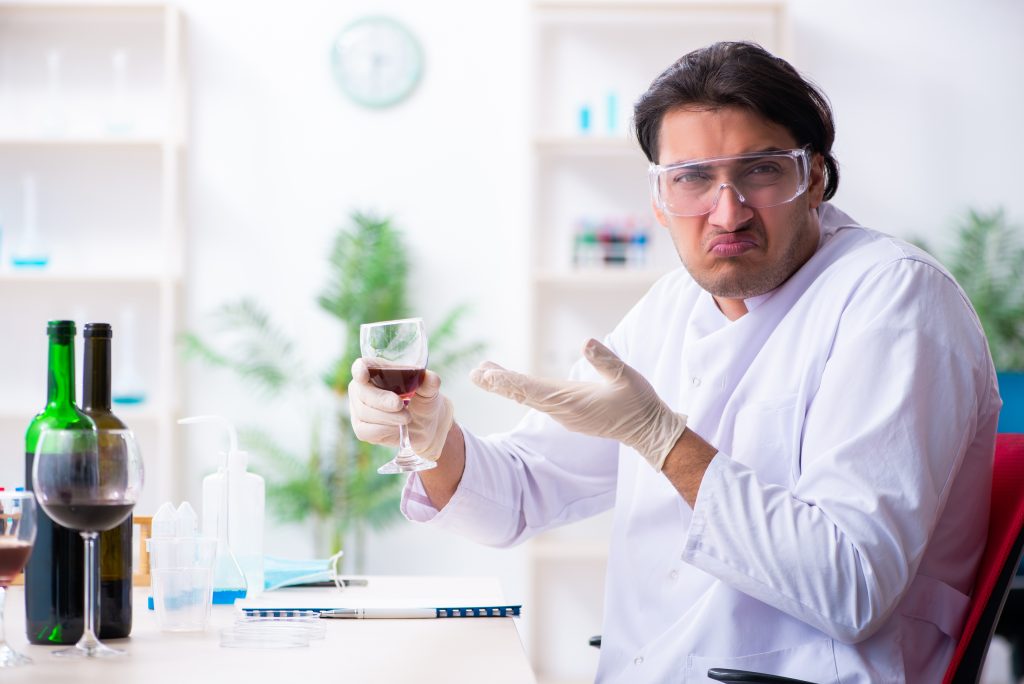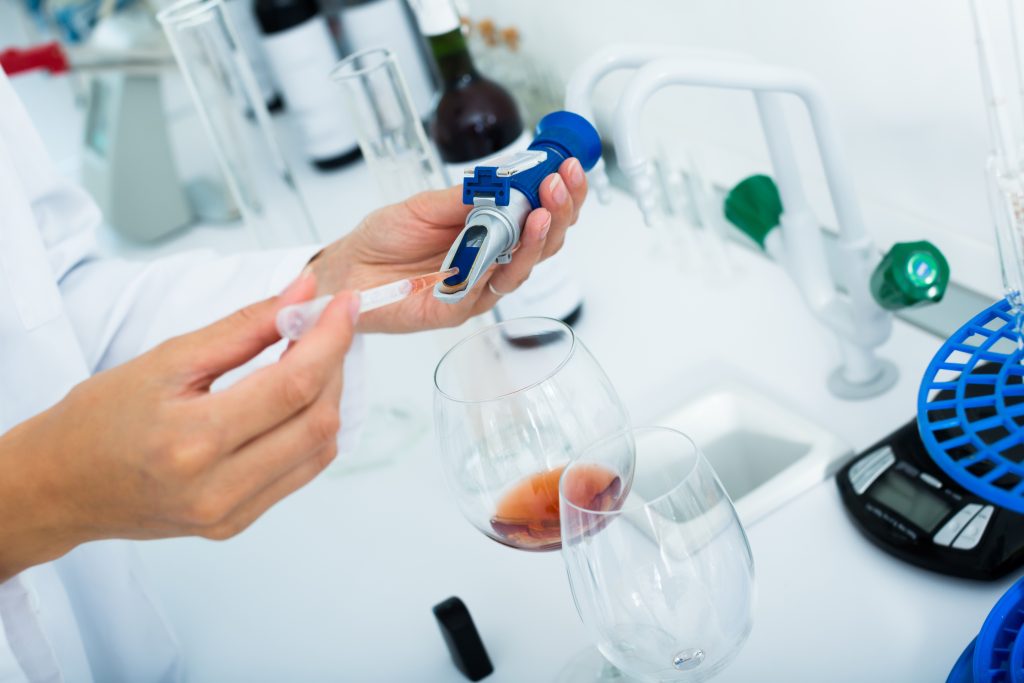
By: Tom Payette – Winemaking Consultant
In the previous issue of The Grapevine Magazine the topic of lowering the pH was reviewed. This issue will cover the reverse situation winemakers may have in the cellar with wines that are too acidic or with pH’s too low. These are critical choices for the winemaker to make with the proper balance and style of wine anticipated to be made. Following the trials below will help the winemaker review, in the lab first, lowering the acidity to achieve the proper acid palate structure and chemistry. Finesse must be used at this decision making process time using both the lab and the wineglass. Keep in mind this trial and mechanism may best be suited for wines from grape base and may not apply to fruit wines.
Trials in the Lab
The lab is the first place the winemaker should turn to experiment with small batches of wine to make a winemaking addition decision. This will give nearly concrete evidence from the lab as well as tasting trials to determine the appropriate amount and kind of de-acification tool(s) to use in each individual instance of a wine.
When?
The acid and pH of a wine should be addressed as early on in the winemaking process as possible. Often this decision is predicted just before harvest from previously collected data and made at harvest or just after fermentation.
Why and Where?
The reason we do trials is to experiment with refinement and correction of a juice or wine. Always work in small quantities, in the lab, with a sample so one does not potentially create a larger issue, in the cellar. Trials can be tested and tasted to see what the results would or will have been if the addition was made to the actual tank or vessel of juice/wine. This eliminates guesswork and unnecessarily shooting from the hip of which many winemakers can find themselves guilty of during critical times.
Tools Needed
• Scales that measure in grams preferably to a tenth of a gram.
• 4 – 600 milliliter beakers or larger for mixing
• 1 – 500 milliliter graduated cylinder
• 100 gram lab sample of Potassium Bicarbonate (KHCO3).
• 100 gram lab sample of Calcium Carbonate (CaCO3).
• 5 – 375 milliliter wine bottles with T-tops
• Magnetic Stir plate with stir bars and retriever for the stir bars.
• Representative sample(s) of each wine to be worked with (2.5 liters).
• Clean wineglasses
• Watch glasses to cover each wine glass.
• Spit cup
• Other testing equipment to answer other lab questions if needed.
• Sharpie™ pen or pencil for marking beakers.
• 95% ethanol to remove Sharpie™ pen marks off glassware.
How?
Start with something simple where results can be easily determined with the wineglass to give the confidence needed to build upon this procedure. An example of this may be an acid reduction trial for pH lowering and/or palate modification. Let’s go over this process.
1. Start with an ample quantity of wine to work with in the lab – perhaps just over 2.5 liters of a representative sample from a wine vessel to be reviewed.
2. Label the 375 milliliters bottles noted above to reflect their contents as noted below. Be sure to include a control by filling one bottle with a portion of the sample collected in step #1 and label it control.
3. Label one beaker 0.5 grams per liter KHCO3 (Potassium bicarbonate) and another beaker 1.0 gram per liter KHCO3.
4. Label another pair of beakers to represent the CaCO3(Calcium Carbonate) rates of 0.5 grams per liter and 1.0 gram per liter. {See caution below}
5. Using the 500 milliliter graduated cylinder divide the wine into the four – 500 milliliters labeled beakers that were just labeled.
6. Accurately weigh 0.25 grams of KHCO3 and fully dissolve in the 500 milliliters labeled appropriately. Use the stir bar and plate for this process. ( 0.5 grams per liter )
7. Accurately weigh 0.50 grams of KHCO3 and fully dissolve that quantity in the beaker that represents that rate. ( 1.0 gram per liter )
8. Repeat the same process above using the CaCO3 additions and place them in the beakers.
9. Allow the beakers to settle and set (loosely covered) after the reactions have fully taken place and all the products have dissolved or finished their action. There may be some gassing.
10. Once the reactions are complete (two hours roughly depending on the wine and room temperature) transfer the mixed samples into their respective labeled 375 milliliter wine bottles and about 50 milliliters into a small wine glass.
11. Degas and run chemistries on the remaining sample left over (roughly 65 milliliters) measuring pH and TA readings at a minimum. Include the chemistry of the control.
12. Place the wine bottle samples off to the side to be tasted in a week to 10 days. [Placing them in a refrigerator may also help precipitate tartrates giving the tasters a better indication of the final acidity after cold stabilization.]
13. After the week to ten days : re-taste and retest the chemistries to further help make the final decision on what action to take or furthering trials in the lab for better refinement.
14 .Be sure to record all data and tasting notes in the lab so they can be used as a reference for future trials on the same wine or for predictions on other wines to have trails performed. Each wine does behave differently; however, so always do trials.
Set up the Tasting Trial a Week to Ten Days Later
1. Pour about 50 milliliters or a quantity one desires to smell and taste, of the control wine prepared in step #2 above, into a wine glass and place it to the left hand area of the tasting glass orientation. (It is a common practice industry standard to always taste against a control from left to right.)
2. Pour the trials to be tasted, made in steps 6,7 and 8 above, in the wineglasses to the right of the control. Mark their contents and perhaps place the two lower additions closer to the control and the larger rate additions to the far right.
3. Add to this flight any wines from past vintages you may want to review or any other blind samples from other producers you may care to use as a benchmark. Only do this step if needed. Mark their contents.
4. Taste and smell each wine several times. Go through the flight and detect what wine/juice may best match or improve the desired style one is trying to achieve. Review the chemistry data generated in step 13 above while tasting the trials.
5. Select the best match and leave the room for 1 to 2 hours so your palate may return to equilibrium.
6. Return and re-taste to confirm your previous decision with a fresh palate.
If chemistries should play an important role be certain to run a necessary panel of lab test to ascertain the proper numbers are achieved. One may need to balance taste, flavor and chemistry to make some of these choices. Have all the data necessary available to make those choices.
Calculation:
Let’s take the above trial as the example. If we dissolved 0.5 gram of KHCO3 into 500 milliliters of wine we now have 1 gram per liter equivalent. If this was the chosen amount we simply take the amount of wine, in liters, and multiply that by one. This will represent the amount of KHCO3, in grams, to be added to the tank of wine. Dividing the grams by 454 will give the number of pounds if your cellar has scales that measure in pounds.
Spicing it Up!
Once the first set of trials is mastered one may build on to the next step projecting out what one may want to do with the juice or wine. This could eventually, and perhaps should, build out to treating large enough samples that one could cold and protein stabilize the wine in the lab, filter to the projected desired micron size and taste with a panel.
Recall there are other ways to reduce total acid when making wine. Be sure to keep malo-lactic in your tool box as an option to review. Some yeast also reduce malic acid and amelioration (not a first choice mind you) can be explored. Blending can also be used to make a resulting wine with reduced acid.
Double Checking the Results
From experience, one can get so creative in a lab it can be difficult to trace exactly how one arrived at a certain desired concoction. Copious notes should be taken throughout the complete process in the lab. Given a tank of juice or wine can often equate to hundreds of thousands of dollars or more it may be prudent to run the selected trial a second time, and compare, to confirm any addition rates before performing the final action in the cellar.
Action in the Cellar
This is often the simple part. Using the above KHCO3 addition as an example, weigh the desired amount of KHCO3 in a bucket or appropriate container. Start mixing the wine and start slowly adding the product. Be sure to make note how full the tank is and to make sure that gassing may not be an issue. Continue to mix until the addition is fully integrated based on your knowledge of your tank size and/or pump speed and then select a sample from the sample valve for tasting, a pH and titratable acidity analysis. This will confirm the task was achieved and on target to the lab results.
Some winemakers, especially when using CaCO3, will split the wine volumes and treat only a portion with the full amount of the CaCO3 and then blend the two wines back together after the reaction has taken place. This could be roughly a 50-50 split. Potentially less chalkiness is detected and the pH shift may be advantageously less.
Summary
Given time and experimentation with this system many pH-raising trials with additions will become easy and systematic. Trials will often take less time to prepare and one may taste at several points during the day.
Other Helpful Tips
Caution: Using CaCO3 may result in excess calcium and the potential for calcium tartrates to form. Be sure to monitor this since these tartrates do not react the same as potassium-bi-tartrates. There is no affordable way to test a calcium excess instability known at this time.
Make sure the wine samples are not too cold, during the lab additions, since this may slow the reaction and delay the gassing off that may occur making the 375 bottles, after filling, popping their corks or T-tops. Make sure the reactions are complete before filling the 375’s.
Makes sure all solids are dissolved and dispersed equally into any solution.
When a wines pH is raised it may lower the amount of free SO2 available in that wine. Be sure to monitor the free SO2 very closely after performing a de-acidification.
Winemakers may also be able to blend two trials in 50% to 50% solutions to get an example of a trial in the middle without having to make one up specifically to match the amount desired. An example may be blending the 0.5 gram per liter with a 1.0 gram per liter to understand what a 0.75 gram per liter addition may result.
Always remember your palate may become desensitized while tasting and to step away from tasting for an hour or two and then return to taste ones preference. You may be shocked you had become used to certain levels because of tasting such extremes.
Keep in mind not to over scrutinize your accuracy in the laboratory. By this I mean make sure that if we measure something very exactly in the laboratory make sure this action will be able to be replicated outside the lab in the cellar. It is not uncommon, early on, for winemakers to get extremely exact in the lab only to step into the cellar with sloppy control over what they had just experimented with.
Best of luck, take your time and be sure to review all angles before taking action in the cellar. That is what trials are all about!


